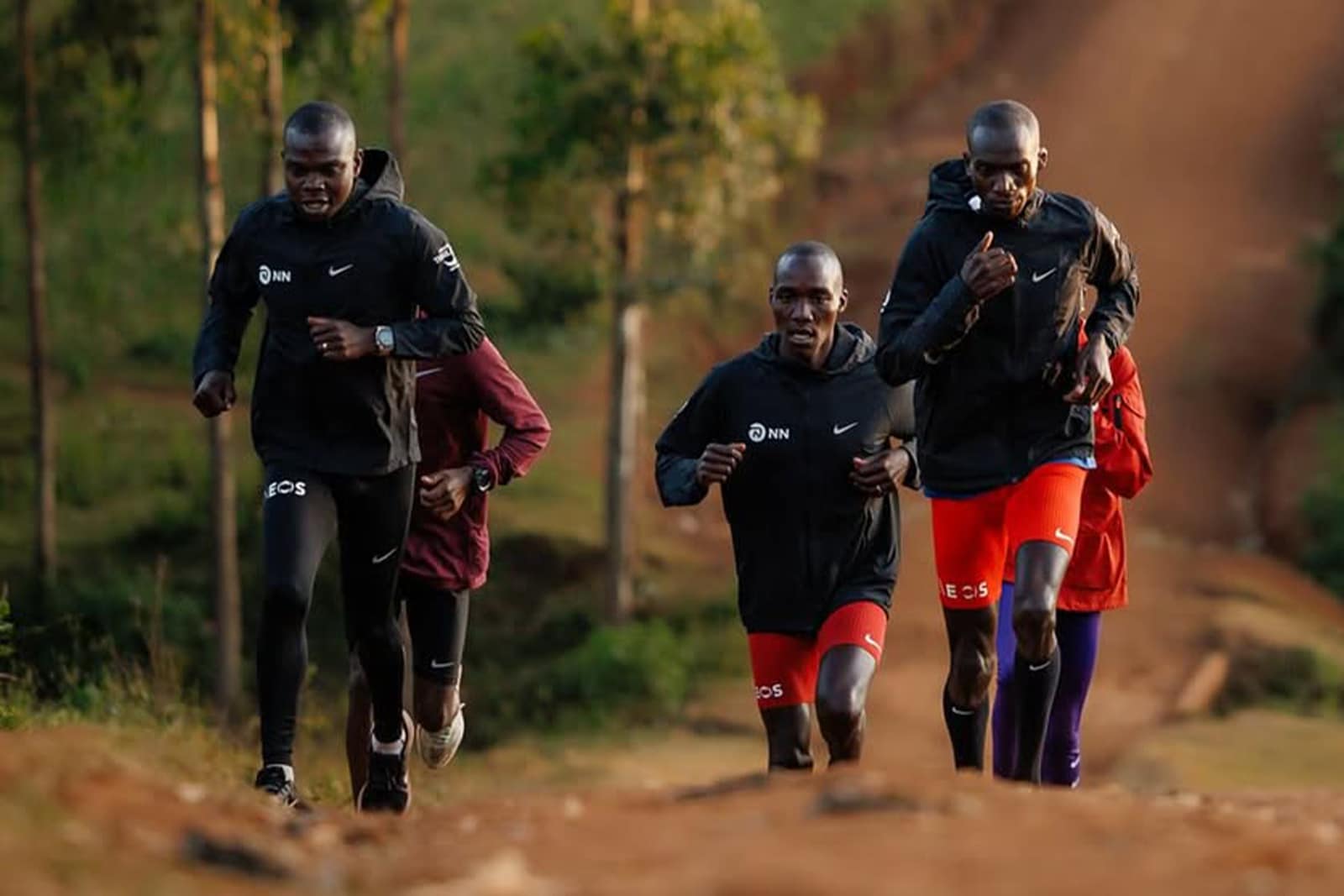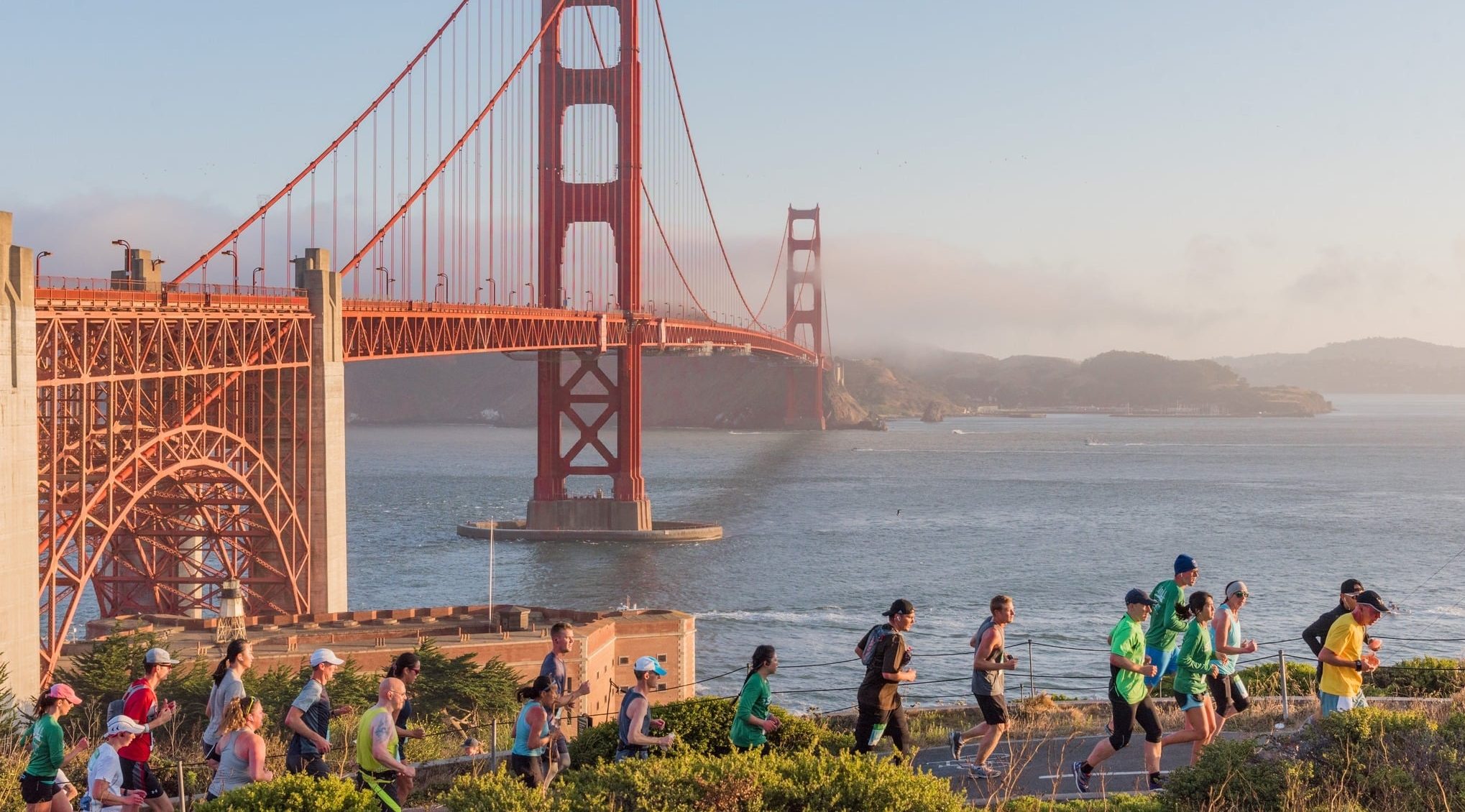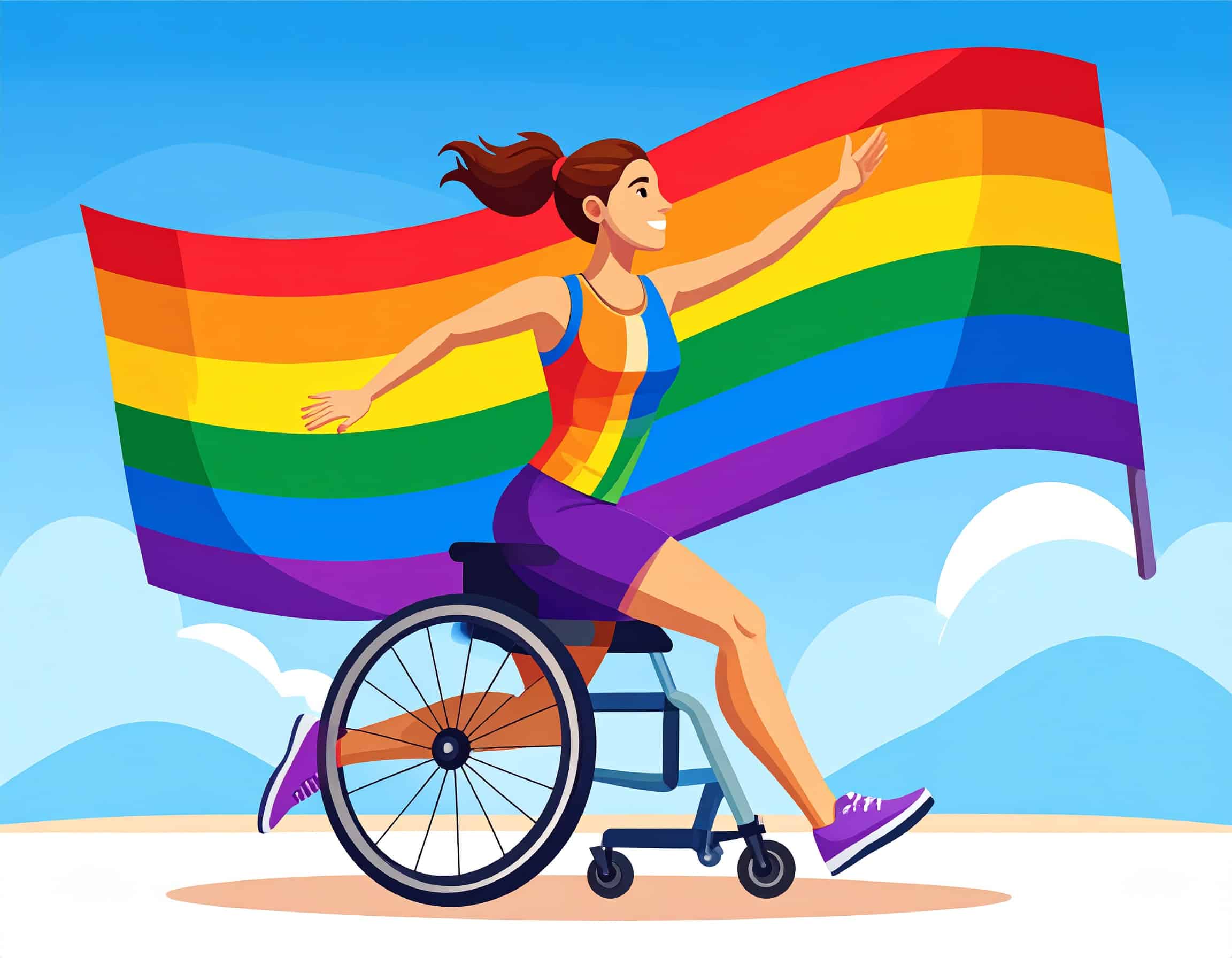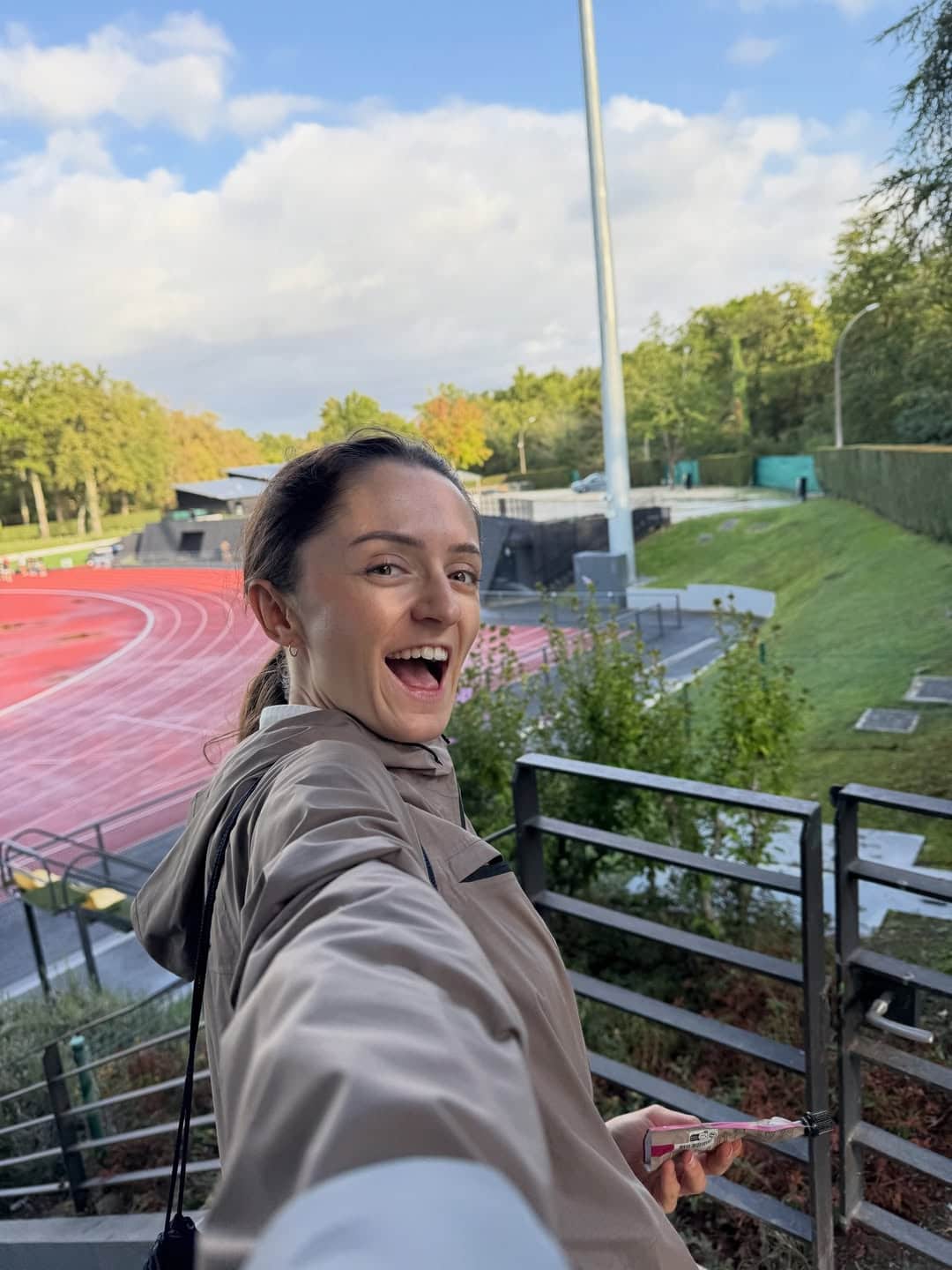Uganda: The Rise of a Third Distance-Running Powerhouse?
Since the early 2000s, a new challenger has steadily emerged alongside Kenya and Ethiopia. Following in the footsteps of Joshua Cheptegei and Jacob Kiplimo—two world-class athletes—Uganda is now stepping onto the global stage. Once again, East Africa’s high plateaus confirm their status as the beating heart of modern distance running.
At Marathons.com, we’ve already explored Kenya and Ethiopia in our summer series. But there is no way to ignore a third nation that has been consistently landing podiums and strong performances for years. Uganda, neighbor to the two giants of distance running, shines far too often to be overlooked.
| Uganda’s Current Long-Distance Stars
Uganda today is carried by a remarkable generation of athletes. The most iconic figure is undoubtedly Joshua Cheptegei, born in 1996 in Kapchorwa, eastern Uganda. Olympic champion in the 5,000 m at Tokyo 2021 and silver medalist in the 10,000 m at the same Games, Cheptegei still holds the world records in both the 5,000 m (12:35) and the 10,000 m (26:11). His dominance on both track and road makes him one of the greatest runners of his generation—often hailed as the natural heir to Ethiopian legends Kenenisa Bekele and Haile Gebrselassie. Cheptegei is just one world championship victory away from matching Bekele and Gebrselassie, who each won four global titles. At only 28 years old, he still has time to join their ranks, even though injury forced him to miss the most recent World Championships in Tokyo. Alongside him, another prodigy has risen since 2019: Jacob Kiplimo, born in 2000. He owns the half marathon world record, having set an astonishing 56:42 at the Barcelona Half Marathon on February 15, 2020. Just 24 years old, he already finished second at the 2025 London Marathon, behind Kenya’s Sabastian Sawe—a result that suggests his best is yet to come. With Cheptegei and Kiplimo leading the way, Uganda’s future looks immensely promising.
On the women’s side, several names are beginning to stand out. Joy Cheptoyek, only 23, had breakthrough seasons in 2024 and 2025. She set a national road 10K record of 30:03 in Valencia in 2024, then followed up with a victory in the Tokyo 10K in 2025. She also showed strong potential in the half marathon, establishing herself as one of the rising stars in women’s distance running. Another history-maker is Peruth Chemutai, who became Uganda’s first-ever female Olympic gold medalist in athletics by winning the 3,000 m steeplechase at the Tokyo 2020 Games. Her achievement stands as a milestone in Ugandan sporting history, and an inspiration for future generations.
| The Young History of Ugandan Distance Running
Uganda’s recent success highlights the steady progress of a nation that has been building its athletic structure over the past decade. A key milestone was the opening of the Kapchorwa High Altitude Training Centre in 2014, developed with support from the Ugandan government and World Athletics. This facility has played an important role in nurturing local talent. That said, Ugandan athletes were already making headlines long before the 2000s. The country’s first global star was John Akii-Bua (1949–1997), who won Olympic gold in the 400 m hurdles at the 1972 Munich Games. Though not a distance runner, Akii-Bua became Uganda’s first Olympic champion, opening a symbolic path for future generations. Ironically, his triumph came during the brutal rule of dictator Idi Amin, a dark period in Uganda’s history. Like Kenya and Ethiopia, Uganda is blessed with high-altitude regions—most notably Kapchorwa and Mount Elgon—where the culture of running continues to grow. In the 2000s, athletes such as Boniface Kiprop (junior world champion in the 10,000 m in 2004) and Moses Kipsiro paved the way for the emergence of today’s superstars, Joshua Cheptegei and Jacob Kiplimo.
Behind these successes is also a key figure: Dutch coach Addy Ruiter. Based in Uganda for over a decade, Ruiter has guided Cheptegei since 2015 and is a leading coach with the NN Running Team, the elite training group headquartered in Kenya. Working largely in the background, he has been instrumental in helping Uganda transition from an “emerging” nation to an established force in world distance running.
| A Fragile Context
Despite its rise, Uganda still faces significant challenges. The first is infrastructure. The country does not yet have a dense network of modern tracks and training facilities like those found in Kenya. The Kapchorwa Centre is a major step forward, but it remains one of only a handful of elite facilities where the next generation of runners train alongside Cheptegei.
Funding is another hurdle. Private sponsorships are far less common in Uganda than in Kenya or Ethiopia. Many athletes still rely heavily on foreign partnerships and their personal results to finance their careers. This unequal access can slow the development of young talent. Political instability adds further complexity. While Kenya enjoys relative stability, Uganda under President Yoweri Museveni—in power since 1986—faces recurring criticism for its authoritarian rule and ongoing internal conflicts affecting its 50 million citizens. Although the government supported the Kapchorwa project, overall public investment in sport remains limited. Still, the achievements of Cheptegei and Kiplimo have created a positive momentum that could lift the entire country in the years to come. For Uganda’s youth, their success represents both hope and opportunity.
There’s no denying it: Uganda has earned its place among the great distance-running nations. While structural challenges remain, its athletes are now fixtures on the international stage. With more stars on the rise and new generations training at altitude, the future looks bright. Kenya and Ethiopia may remain the traditional references, but Uganda has firmly established itself as the third African powerhouse in global distance running. And the world will be watching closely at the next Majors to see just how high this nation can climb.

Charles-Emmanuel PEAN
Journalist



